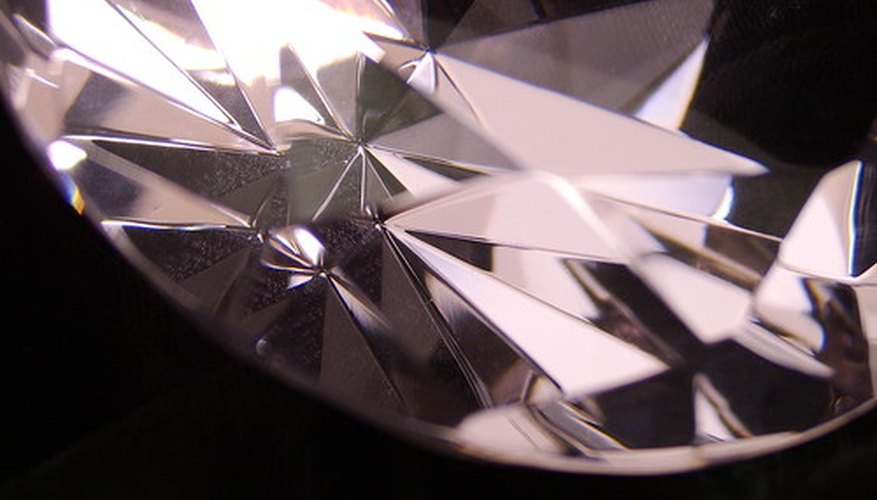If you have broken a piece of lead crystal or glass, you may be able to glue it back together. The best glues for repairing lead crystal and glass have some specific characteristics in common.
Crystal clear
The glue should be absolutely clear when it dries. Some glues dry with a transparent, but not necessarily clear, tint. Look for such phrases as "UV," "optically clear" or "crystal clear" in the product description. These glues usually require a UV (ultraviolet) light for optimal curing.
- The glue should be absolutely clear when it dries.
- Some glues dry with a transparent, but not necessarily clear, tint.
Low viscosity
Viscosity has to do with the glue's thickness. A low-viscosity glue will be thin when it is applied, which means it will not ooze through the cracks or keep the glass segments from touching completely.
Capillary action
Capillary action, or capillarity, has to do with the glue's reactions to water. A glue with excellent capillary action will essentially perform in the same way that glass acts when it comes in contact with water. For example, a crystal goblet repaired with a glue that has good capillarity will still be able to hold liquids.
Glass-to-glass bonding
A product intended for glass-to-glass bonding works best for repairing lead crystal and glass. Although glues that bond glass to other substances such as wood may work for glass repair, they are more likely to separate when both surfaces are "toothless," or smooth. Glass-to-glass bonding agents are designed to work on surfaces with little friction.
Products
Some glue brands specialise in glass and crystal bonding agents. Two examples are Bohle and Crystal Bond.
